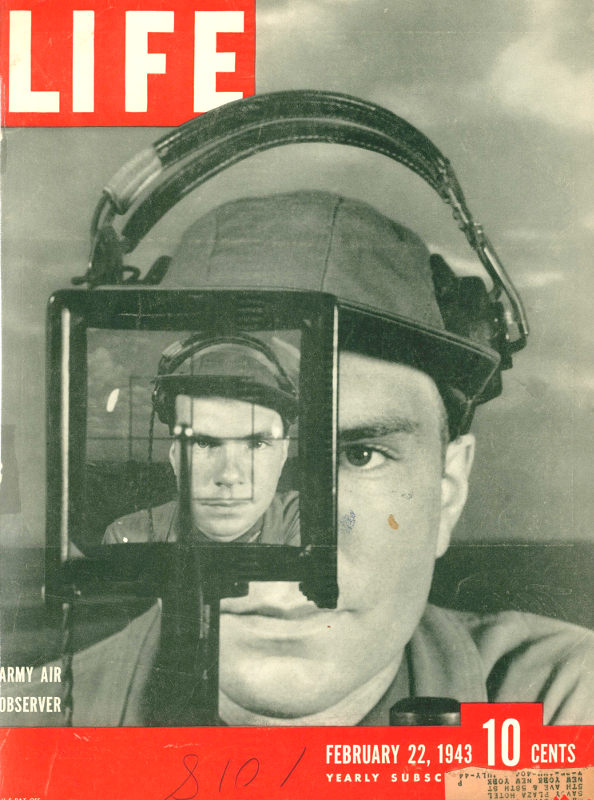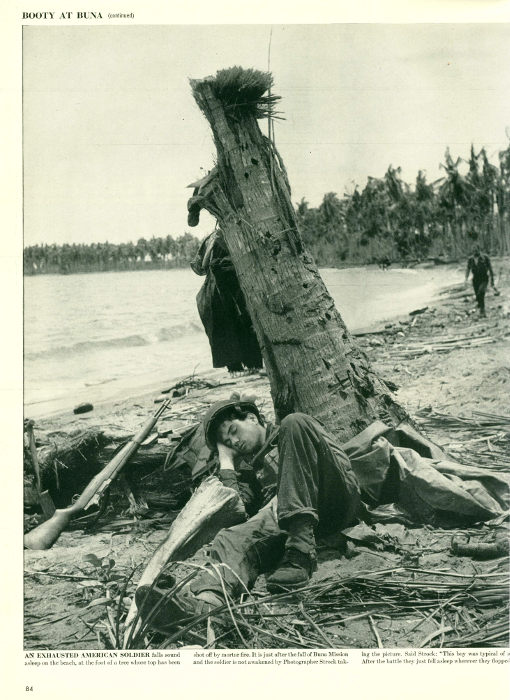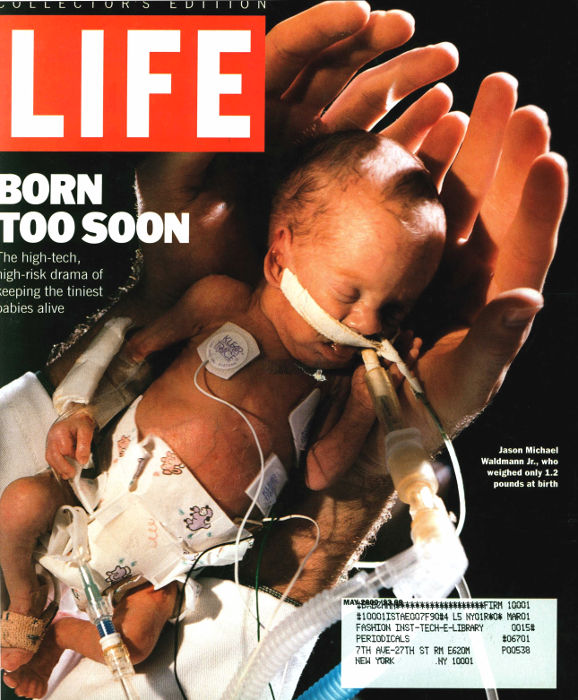
In the early 20th century, photography was novel and exciting. Magazines printed few photographs because they were expensive. Into this market marched the magazine Life, redesigned to feature photographs of everything that could possibly be interesting to its middle-American public. It’s contribution to American culture rests on its photographers, who captured, and its printers, who distributed some of the most iconic images of American culture from the 1940s through the 1970s.

Founded in 1883 by an architect and an illustrator, the illustrated magazine originally specialized in skewering pop culture with a humorous tone, like Britain’s Punch or Harvard’s Lampoon. One of the most important contributors during this period was Charles Dana Gibson, illustrator of the new American woman, known as the Gibson girl. Additionally, Life featured stories from contemporary writers as well.
The magazine suffered with the change in culture brought by WWI, and began to lose money. When Henry Luce Booth bought the title in 1936, he sold the content concepts and subscription list to a competing magazine.
Booth had a distinct strategy for his new purchase. He added the title Life to his Time, Inc. holdings, and recreated the title as a vehicle for culture as expressed through photography. His editorial layouts allowed the images to dominate. The magazine’s content ranged from international travel, society coverage and visits by and to foreign royalty, world leaders, and daily life across the continent.

Luce’s vision for the magazine would enable “the American public to see life; to see the world’ to eyewitness great events; to watch the faces of the poor and the gestures of the proud.” (Life: A Prospectus for a New Magazine, 1936)
When the United States joined WWII, Life shifted its considerable resources to assist in the war effort. Soldiers were featured and celebrated, military machinery was examined and wartime rationing encouraged in the magazines pages. The editorial tone could be harsh as well. Photos included the dying after battle as well as enthusiastic features on prominent generals.

The magazine continued to cover a wide range of topics, from film and theatrical personalities to medical breakthroughs, major engineering projects, the civil rights movement and the Kennedy assassinations. Life magazine was a coffee table book of images that captured middle America and told its story.
Like television at its beginning, Life created a centralized vision of American life, told from a middle-class point of view. It’s aim to tell the stories using images preceded Instagram and Tumblr by a century. In the end, television, by providing more and more vivid images of more diverse ways of life, helped kill this iconic American magazine.
In addition to television visuals, the decreasing cost of personal cameras brought the power to capture dramatic images to everyone. Despite Life’s critical success, the magazine’s circulation dwindled throughout the 1960s. By 1972, the title had to shift from its weekly format to a monthly one, in order to keep costs down. It went on a brief hiatus, publishing only special reports during the next six years. It ran as a monthly news features magazine from 1978 till it finally ceased regular publication with the May 2000 issue.
Wikipedia’s article on Life magazine
Comments
One response to “Magazine of the Week”
I remember Life. We received it every week and used to pore over it.